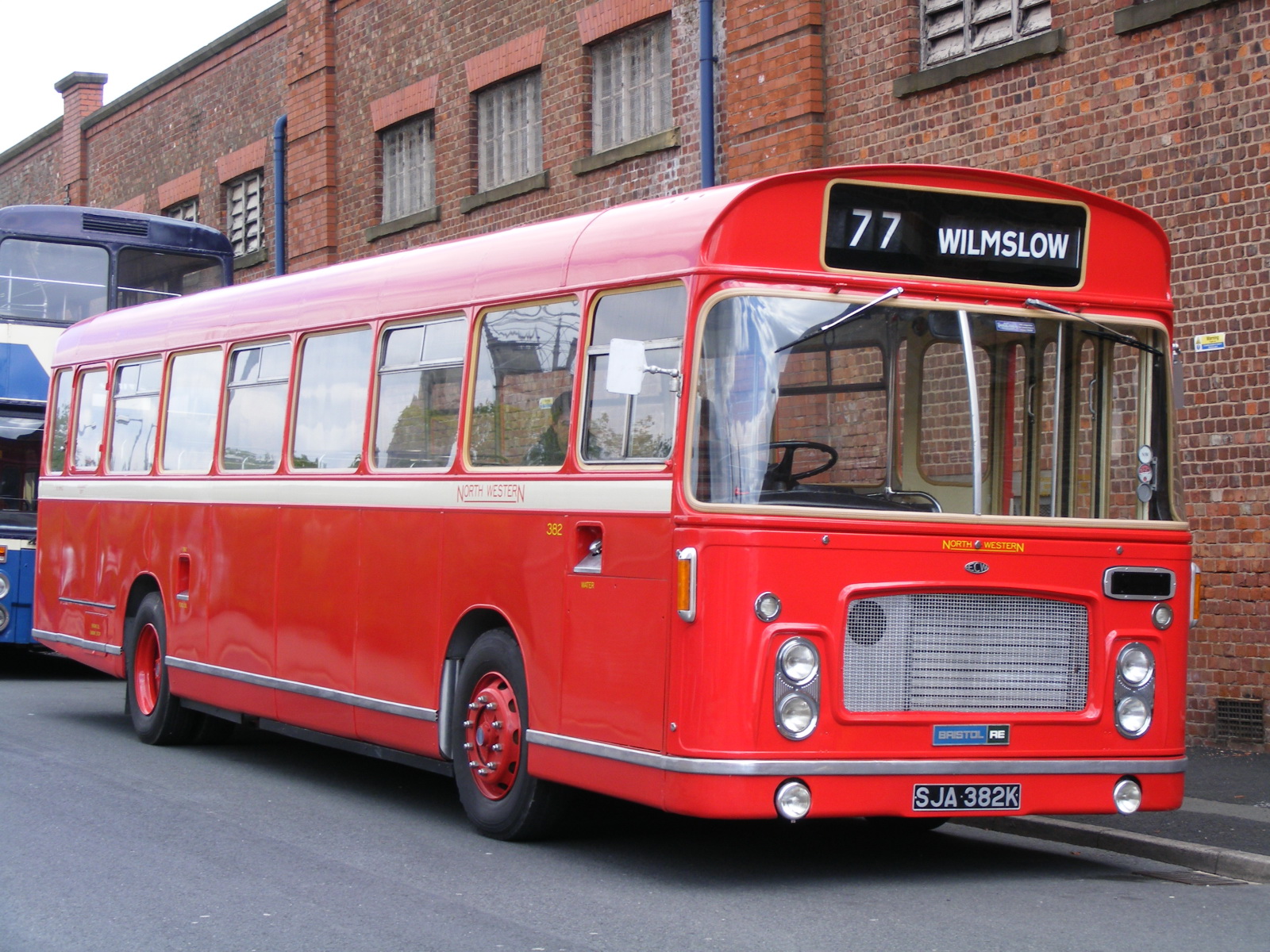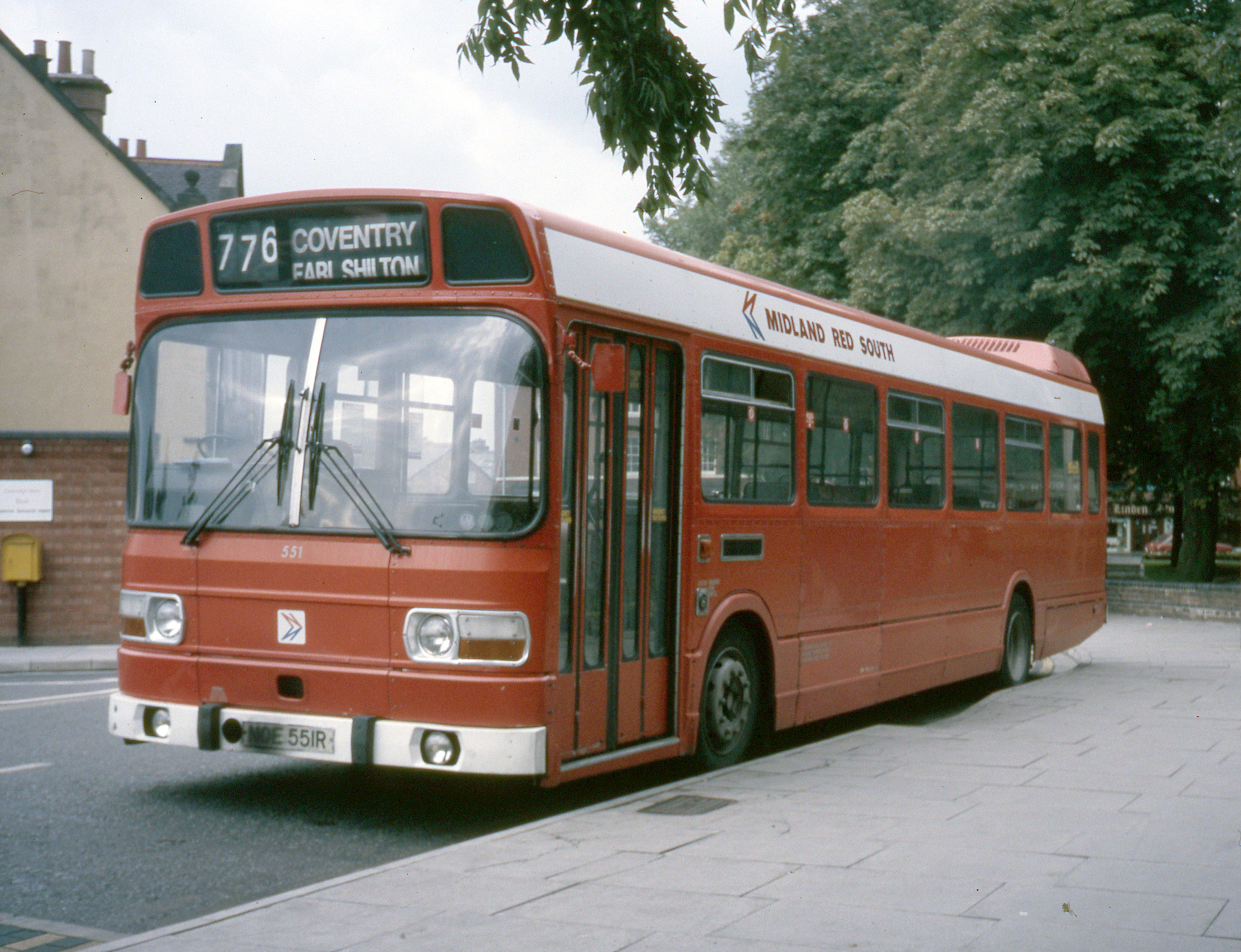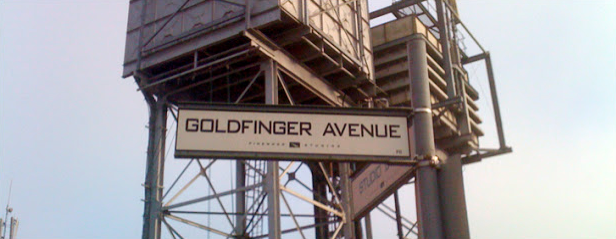|
Bristol RE
The Bristol RE was a rear-engined single-decker bus or single-decker coach chassis built by Bristol Commercial Vehicles from 1962 until 1982. It is often considered the most successful of the first generation of rear-engined single-decker buses. Initially, the RE was only supplied to subsidiaries of the nationalised Transport Holding Company (THC), by which Bristol was wholly owned. From 1965, when Leyland purchased a 25% shareholding in Bristol and the company's products became available to non state-owned bus operator customers, the RE also gained popularity with companies in other sectors, including the British Electric Traction (BET) Group and many municipal operators. From 1972, sales to the National Bus Company (NBC), which had taken over the operations of both THC and BET) began to dry up, due to the introduction of the Leyland National. From 1976, the RE remained in production only for the Northern Irish state-owned bus companies Ulsterbus and Citybus, and for export ... [...More Info...] [...Related Items...] OR: [Wikipedia] [Google] [Baidu] |
North Western Road Car Company (1923)
The North Western Road Car Company was a bus company in Stockport, England, formed in 1923 from the existing bus services of the British Automobile Traction Company Limited (itself a subsidiary of the British Electric Traction Company Limited) in Macclesfield. The company operated bus services in five counties (Cheshire, Lancashire, West Riding of Yorkshire, Derbyshire and Staffordshire) through a combination of growth and the acquisition of other bus companies, such as the takeover in 1924 of the Mid-Cheshire Motor Bus Company Limited, which brought new operations in Northwich and Flixton. The company also operated express coach services to London, North Wales and Yorkshire. North Western had garages in: * Altrincham: Oakfield Street * Biddulph: Whalley Street * Buxton: Bridge Street *Castleton, Back Street open till at least 1967 * Glossop: York Street * Macclesfield: Sunderland Street * Manchester: Hulme Hall Road * Matlock: Bakewell Road * Northwich: Chester Way * Oldham: C ... [...More Info...] [...Related Items...] OR: [Wikipedia] [Google] [Baidu] |
Leyland National
The Leyland National is an integrally-constructed British step-floor single-decker bus manufactured in large quantities between 1972 and 1985. It was developed as a joint project between two UK nationalised industries – the National Bus Company and British Leyland. Buses were constructed at a specially built factory at the Lillyhall Industrial Estate, Workington. Styling was carried out by the Italian vehicle stylist Giovanni Michelotti, previously commissioned by both Triumph (Herald, TR4, GT6, 2000/2500, 1300, Dolomite and Stag) and Scammell lorries (Routeman GRP cab). It was intended to replace all the rear-engined single-decker buses offered by British Leyland, including the AEC Swift, Bristol RE, single-deck Daimler Fleetline, Daimler Roadliner and Leyland Panther. Design The Leyland National was built with integral, modular construction and a rear engine. All components were designed for ease of construction and replacement. Until 1978, it was always built ... [...More Info...] [...Related Items...] OR: [Wikipedia] [Google] [Baidu] |
Scottish Bus Group
The Scottish Bus Group (SBG) was a state-owned group of bus operators covering the whole of mainland Scotland. The origin of the grouping was the operators owned by and including the Scottish Motor Traction company, which were transferred to Scottish Omnibuses after nationalisation in 1948 under control of the British Transport Commission. Highland Omnibuses was added to the group in 1952. A new holding company, Scottish Omnibuses Group (Holdings) was formed in 1961, and this was renamed Scottish Bus GroupCompanies House extract company no SC13181 Scottish Bus Group Limited in 1963. Meanwhile, the group had come under control of the |
Bristol RELL6G Chassis TOI2288 Underfloor Engine
Bristol () is a city, ceremonial county and unitary authority in England. Situated on the River Avon, it is bordered by the ceremonial counties of Gloucestershire to the north and Somerset to the south. Bristol is the most populous city in South West England. The wider Bristol Built-up Area is the eleventh most populous urban area in the United Kingdom. Iron Age hillforts and Roman villas were built near the confluence of the rivers Frome and Avon. Around the beginning of the 11th century, the settlement was known as (Old English: 'the place at the bridge'). Bristol received a royal charter in 1155 and was historically divided between Gloucestershire and Somerset until 1373 when it became a county corporate. From the 13th to the 18th century, Bristol was among the top three English cities, after London, in tax receipts. A major port, Bristol was a starting place for early voyages of exploration to the New World. On a ship out of Bristol in 1497, John Cabot, a Venetia ... [...More Info...] [...Related Items...] OR: [Wikipedia] [Google] [Baidu] |
The Legend Of Fritton's Gold
''The'' () is a grammatical article in English, denoting persons or things already mentioned, under discussion, implied or otherwise presumed familiar to listeners, readers, or speakers. It is the definite article in English. ''The'' is the most frequently used word in the English language; studies and analyses of texts have found it to account for seven percent of all printed English-language words. It is derived from gendered articles in Old English which combined in Middle English and now has a single form used with pronouns of any gender. The word can be used with both singular and plural nouns, and with a noun that starts with any letter. This is different from many other languages, which have different forms of the definite article for different genders or numbers. Pronunciation In most dialects, "the" is pronounced as (with the voiced dental fricative followed by a schwa) when followed by a consonant sound, and as (homophone of pronoun ''thee'') when followed by a v ... [...More Info...] [...Related Items...] OR: [Wikipedia] [Google] [Baidu] |
Children Of Men
''Children of Men'' is a 2006 dystopian action thriller film co-written and directed by Alfonso Cuarón. The screenplay, based on P. D. James' 1992 novel '' The Children of Men'', was credited to five writers, with Clive Owen making uncredited contributions. The film takes place in 2027, when two decades of human infertility have left society on the brink of collapse. Asylum seekers seek sanctuary in the United Kingdom, where they are subjected to detention and refoulement by the government. Owen plays civil servant Theo Faron, who must help refugee Kee ( Clare-Hope Ashitey) escape the chaos. ''Children of Men'' also stars Julianne Moore, Chiwetel Ejiofor, Pam Ferris, Charlie Hunnam, and Michael Caine. The film was released by Universal Pictures on 22 September 2006 in the UK and on 25 December in the US. Critics noted the relationship between the US' Christmas opening and the film's themes of hope, redemption, and faith. Despite the limited release and lack of any clear m ... [...More Info...] [...Related Items...] OR: [Wikipedia] [Google] [Baidu] |
Pinewood Studios
Pinewood Studios is a British film and television studio located in the village of Iver Heath, England. It is approximately west of central London. The studio has been the base for many productions over the years from large-scale films to television programmes, commercials, and pop promos. It is well known as the home of the ''James Bond'' and ''Carry On'' film franchises. History Pinewood Studios was built on the estate of Heatherden Hall, a large Victorian country house which was purchased by Canadian financier, and Member of Parliament (MP) for Brentford and Chiswick, Lt. Col. Grant Morden (1880–1932). He added refinements such as a ballroom, a Turkish bath and an indoor squash court. Due to its seclusion, it was used as a discreet meeting place for high-ranking politicians and diplomats; the agreement to create the Anglo-Irish Treaty was signed there. In 1934, building tycoon Charles Boot (1874–1945) bought the land and turned it into a country club. The ballroom ... [...More Info...] [...Related Items...] OR: [Wikipedia] [Google] [Baidu] |
Walter Alexander Coachbuilders
Walter Alexander CoachbuildersCompanies House extract company no SC026103 Walter Alexander (Falkirk) Limited formerly Walter Alexander & Company (Coachbuilders) Limited was a Scottish builder of bus and coach bodywork based in . The company was formed in 1947 to continue the coachbuilding activities of W. Alexander & Sons when their bus service operation was . After several mergers and changes of ownership it now forms part of |
Plaxton Panorama Elite
The Plaxton Panorama Elite was a successful design of coach bodywork built between 1968 and 1975 by Plaxton of Scarborough, Yorkshire, England. A wide-doorway variant called the Plaxton Elite Express was also built. Collectively, they are commonly referred to as the Plaxton Elite. It was preceded by the Plaxton Panorama I, and replaced by the Plaxton Supreme. Around 6,000 Elites were built. Chassis The Elite was built on a number of different chassis, including: *Leyland Leopard and Panther *Daimler Roadliner *AEC Reliance *Bedford Y series, VAL and VAM *Volvo B58 *Bristol RE and LH *Ford R-Series *Seddon Pennine IV and VI *Mercedes-Benz O302 Design features The Panorama Elite has continuously bowed sides, front and rear ends. It has large, bowed, round-cornered side windows mounted in rubber (the Panorama series had flat side windows mounted in metal frames with square corners) and double-curvature windscreens which are the same at front and rear of the coach. There is a s ... [...More Info...] [...Related Items...] OR: [Wikipedia] [Google] [Baidu] |
Duple Coachbuilders
Duple CoachbuildersCompanies House extract company no 252237 Burlingham Limited formerly Duple Limited formerly Duple Coach Builders Limited was a coach and bus bodybuilder in England from 1919 until 1989. History Duple Bodies & Motors was formed in 1919 by Herbert White in Hornsey, London. Before World War I, he had briefly built cars under the Bifort name in Fareham, Hampshire.Early days 
[...More Info...] [...Related Items...] OR: [Wikipedia] [Google] [Baidu] |
Coach (bus)
A coach (or coach bus/motorcoach) is a type of bus built for longer-distance service, in contrast to transit buses that are typically used within a single metropolitan region. Often used for touring, intercity, and international bus service, coaches are also used for private charter for various purposes. Coaches are also related and fall under a specific category/type of RVs. Deriving the name from horse-drawn carriages and stagecoaches that carried passengers, luggage, and mail, modern motor coaches are almost always high-floor buses, with separate luggage hold mounted below the passenger compartment. In contrast to transit buses, motor coaches typically feature forward-facing seating, with no provision for standing. Other accommodations may include onboard restrooms, televisions, and overhead luggage space. History Background Horse-drawn chariots and carriages ("coaches") were used by the wealthy and powerful where the roads were of a high enough standard from p ... [...More Info...] [...Related Items...] OR: [Wikipedia] [Google] [Baidu] |
Great Britain
Great Britain is an island in the North Atlantic Ocean off the northwest coast of continental Europe. With an area of , it is the largest of the British Isles, the largest European island and the ninth-largest island in the world. It is dominated by a maritime climate with narrow temperature differences between seasons. The 60% smaller island of Ireland is to the west—these islands, along with over 1,000 smaller surrounding islands and named substantial rocks, form the British Isles archipelago. Connected to mainland Europe until 9,000 years ago by a landbridge now known as Doggerland, Great Britain has been inhabited by modern humans for around 30,000 years. In 2011, it had a population of about , making it the world's third-most-populous island after Java in Indonesia and Honshu in Japan. The term "Great Britain" is often used to refer to England, Scotland and Wales, including their component adjoining islands. Great Britain and Northern Ireland now constitute the ... [...More Info...] [...Related Items...] OR: [Wikipedia] [Google] [Baidu] |



.png)




